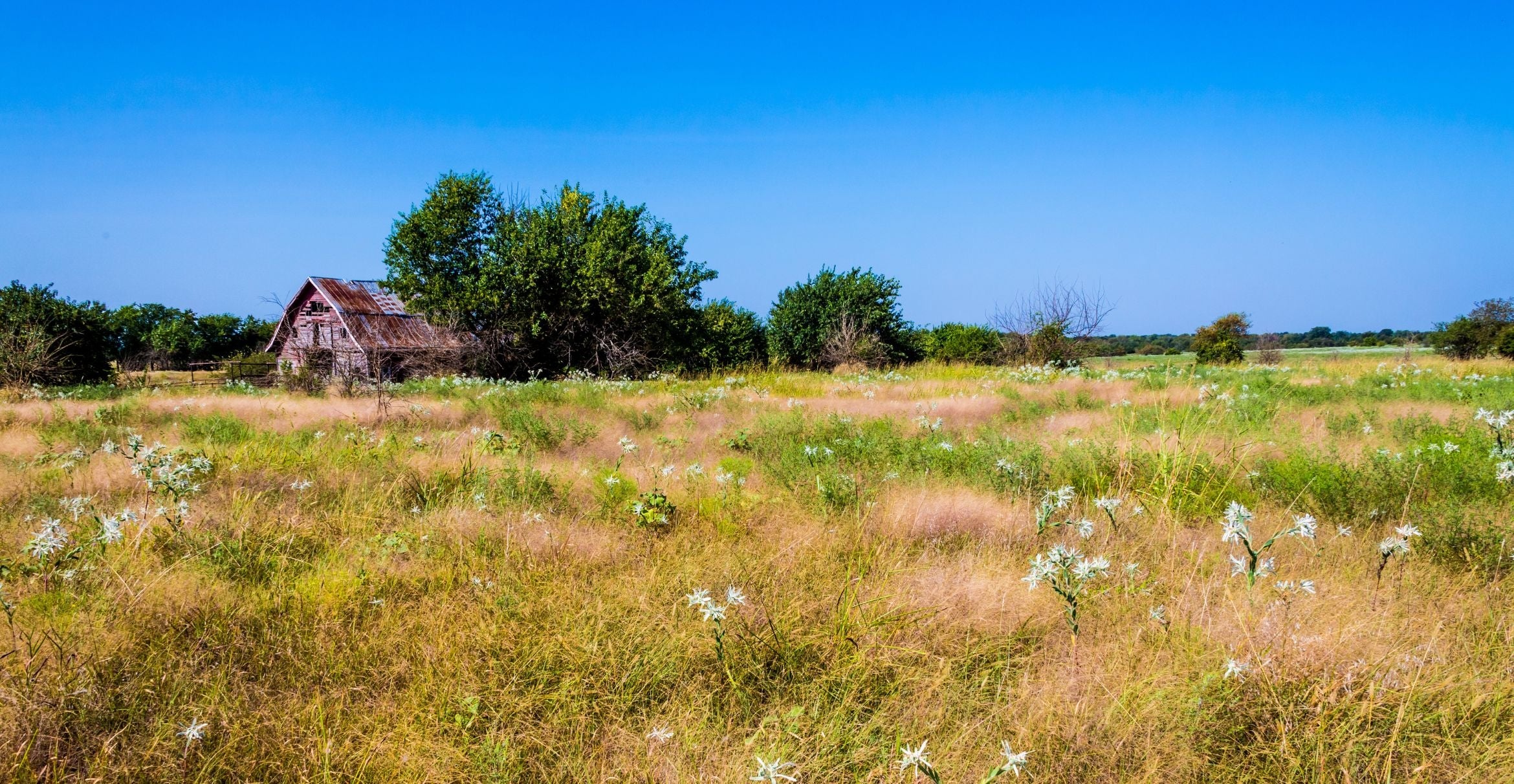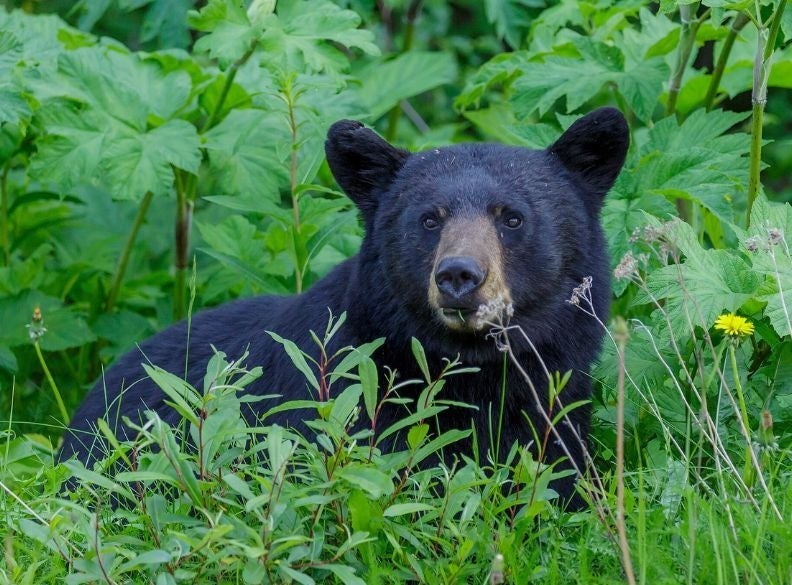
We often think about climate change in terms of temperature projections and sea-level rise. But it also reflects land use, as conditions will influence where people live, how much land is put to use and how it’s used. Land used for agriculture is a major part of this picture.
Scientists at UC Santa Barbara, UC Berkeley and the Conservation International nonprofit sought to determine how these trends could affect the extent and connectivity of natural habitats. The team used data from the US Geological Survey (USGS) to project a range of scenarios in the southeastern United States. They found that large-scale trends dominated outcomes.
“Demographic and socioeconomic factors — like economic growth, global population and environmental policy — largely control how agricultural land use will affect natural habitat in the future,” said lead author Alyssa Nazari Jain, who began the project as an undergraduate at UCSB. “However, being strategic about how we abandon and expand agricultural land can protect habitat, biodiversity and carbon sinks.”
The results, published in Environmental Research Letters, address the critical question of how to feed a growing population without further degrading native ecosystems.
Strategic decisions
Society has always adapted land use to prevailing needs. For instance, demographic shifts have seen more land converted to agriculture over the past century.
“Agriculture already covers over one third of Earth’s land area, with major changes predicted for the future,” Jain said. “Since agriculture is the primary driver of habitat loss, we wanted to explore how different scenarios may affect the extent, fragmentation and connectivity of natural landscapes.”
Abandoned fields, farms and pastures generally have one of two futures in store: recultivation or rewilding. Rewilding typically follows one of two paths. Passive rewilding simply allows nature to reclaim the land. The active approach restores the land with native flora and natural features. Either way, reestablishing a productive habitat can take decades.
Meanwhile, demand for additional agricultural land is often met by converting natural areas elsewhere, which can further reduce and fragment natural habitat. That said, this demand could also be met by recultivating previously abandoned land.
Jain was curious how much agricultural land might be abandoned or converted from natural habitat in the future, and she wanted to know whether the effects of this agricultural expansion could be offset by recultivating abandoned land.
Selecting metrics and sourcing data
The team used data from the USGS’s Forecasting Scenarios of Land Use Change (FORE-SCE). These are models of land use in the United States projected from 2006 through 2050 under four socioeconomic scenarios. The authors focused on the Southeast because it saw rapid expansion of agricultural use in the 20th century, followed by a period of increased abandonment in recent decades.
They tracked habitat fragmentation, connectivity, carbon storage potential and biodiversity. Fragmentation refers to habitat that’s broken into smaller, more isolated patches. Meanwhile, connectivity captures how easily an animal can move across the landscape between patches.
The American black bear served as the team’s model animal. The bear’s size and territorial extent make it a good candidate for assessing the connectivity of a large landscape, Jain explained. Furthermore, black bears need large, connected patches of habitat for their home range. Their range also overlaps with many rare bird, reptile, amphibian and plant species, making it an effective proxy for ecological health overall.

For carbon storage potential, the authors turned to Conservation International’s map of global manageable carbon, representing carbon that can be either released or stored depending directly on human management. Finally, a rarity-weighted species richness map from the International Union for Conservation of Nature provided the study’s biodiversity data.
Global trends dominate
While rewilding produced greater benefits for habitat connectivity and biodiversity, the authors found that recultivating lands holds significant potential for reducing greenhouse gas emissions and reducing future habitat loss. Strategic recultivation targeting carbon-rich or biodiverse areas could reduce fragmentation by up to 17% within a given scenario, the authors found.
However, large-scale demographic and socioeconomic trends appeared to determine the extent of agricultural land development. “That was somewhat expected,” said senior author Ashley Larsen, an associate professor at UCSB’s Bren School of Environmental Science & Management. “It is hard to get away from these large-scale drivers of land use change. Still, we were a bit surprised just how much the climate pathway dominated.”
That said, strategic decisions about where to recultivate or revegetate land can still reduce fragmentation and improve biodiversity within these bounds. In scenarios focused on environmental outcomes, agricultural abandonment offset all habitat conversion. And strategies that prioritized preserving high-carbon or biodiverse natural areas produced the least fragmentation. Meanwhile, abandonment rates in scenarios favoring economic development offset a third of conversion, at most.
“Having specific metrics to point to can help justify policy decisions made in order to prioritize connectivity and avoid further fragmentation,” Jain said.
While the scientific community expects land use to reflect climate change scenarios overall, there hasn’t been a clear sense of how different scenarios impact characteristics important to biodiversity, habitat and movement. It’s also been unclear how large the potential benefits of land-use decisions might be. “Alyssa's paper filled these two gaps,” Larsen said. The paper reveals the extent to which strategic land-use decisions can impact biodiversity and carbon within a given climate trajectory.
Considering the broader picture
This study is part of the larger Arnhold UC Santa Barbara-Conservation International Climate Solutions Collaborative. One of the project’s aims is to identify ways to allocate land that will meet future food, energy and biodiversity goals. This initiative also supports student fellows who are studying how past and present land use, and ongoing changes, impact species movement. Ideally, the researchers want to forecast the distribution of human-wildlife conflict driven by changing environmental conditions and land use.
Given the water woes in the Western US, California will likely face issues of agricultural abandonment and recovery. Larsen’s group is investigating the implications of this, as well as how abandoned land regrows. She hopes to figure out where land can be strategically abandoned to reduce economic impacts and generate the most environmental benefits.




